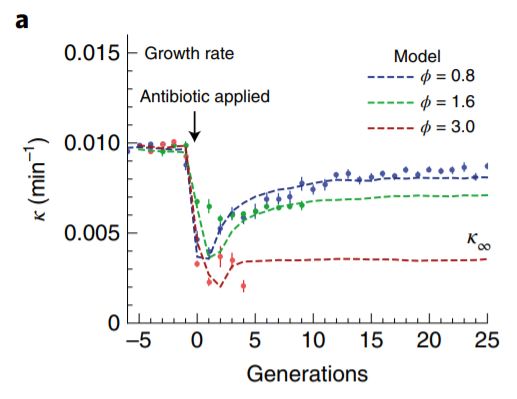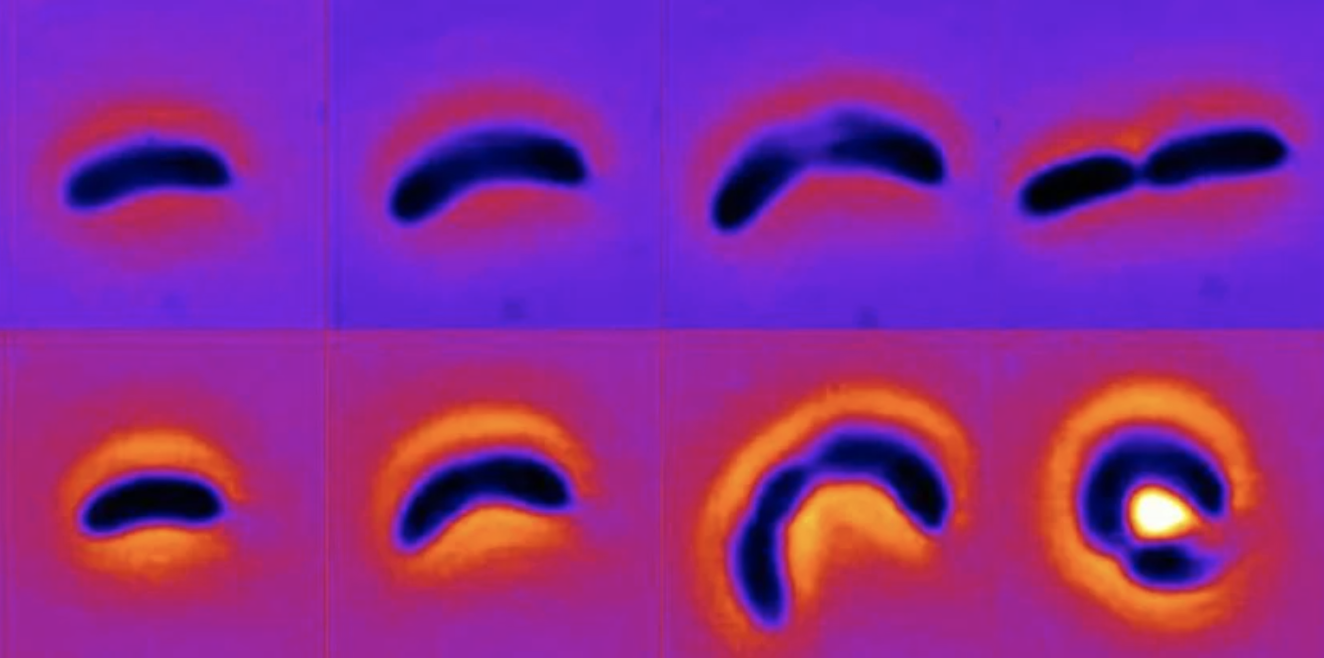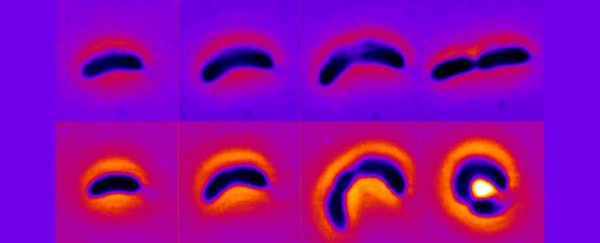If you're a bacterium just trying to survive in a world filled with antibiotics you need some tricks up your sleeve. You can be poked by another bacterium to get some exciting new genetic material, or you can genetically mutate through the generations and hope you find the secret sauce to stop the poison.
Scientists have long known about these strategies, but now a team of researchers have observed a worryingly simple new way bacteria are avoiding antibiotics in the human body - by changing shape.
"We find that Caulobacter crescentus cells can recover their pre-stimulus growth rates and undergo dramatic changes in cell shape," the team writes in their new paper.
"Upon antibiotic removal, cells recover their original forms over multiple generations."
In 2019, another group of researchers found something similar - that bacteria were changing shape (into something more blobby) to avoid being targeted by antibiotics in the human body.
But in that case, the bacteria were shedding their whole cell walls to contort away from the drugs, while in this research, scientists found that the cell wall stayed intact, but stretched quite dramatically to form the new C-shape.
To figure this out, a team from Carnegie Mellon University, University College London, and the University of Chicago took the bacteria C. crescentus - which is normally found in freshwater lakes and streams - added a small amount of the broad-spectrum antibiotic chloramphenicol and then watched the bacteria grow and divide.
The amount of antibiotic wasn't enough to kill most of the bacteria, but it did slow their growth rate right down.
After around 10 generations of low antibiotic exposure, C. crescentus began to physically change - expanding and curving into a C shape. This was enough of a change for the bacterial rate of growth to rise to almost pre-chloramphenicol levels.

"Using single-cell experiments and theoretical modelling, we demonstrate that cell shape changes act as a feedback strategy to make bacteria more adaptive to surviving antibiotics," says first author and Carnegie Mellon University biophysicist Shiladitya Banerjee.
"These shape changes enable bacteria to overcome the stress of antibiotics and resume fast growth."
 The shape of the bacteria before (above) and after (below) antibiotic exposure. (Shiladitya Banerjee)
The shape of the bacteria before (above) and after (below) antibiotic exposure. (Shiladitya Banerjee)
When the antibiotic was removed, the bacteria returned to their original long straight shape after several generations.
The researchers think that the increase of cell width (and therefore volume) helps dilute the amount of antibiotics inside the bacterium, while both the curve and the cell width can lower the surface to volume ratio, letting less antibiotics through the cell surface.
"This result suggests a new mechanistic mode of adaptation that bacteria may harness to counter antibiotics, and opens doors to future molecular studies into the role of cell shape in antibiotic response," the team writes.
With antibiotic resistance and 'superbugs' showing in many species, from humans to dolphins, understanding how bacteria can gain resistances to antibiotics is incredibly important.
Even understanding something as simple as how a cell's shape influences exposure could help avoid countless preventable deaths.
The research has been published in Nature Physics.
